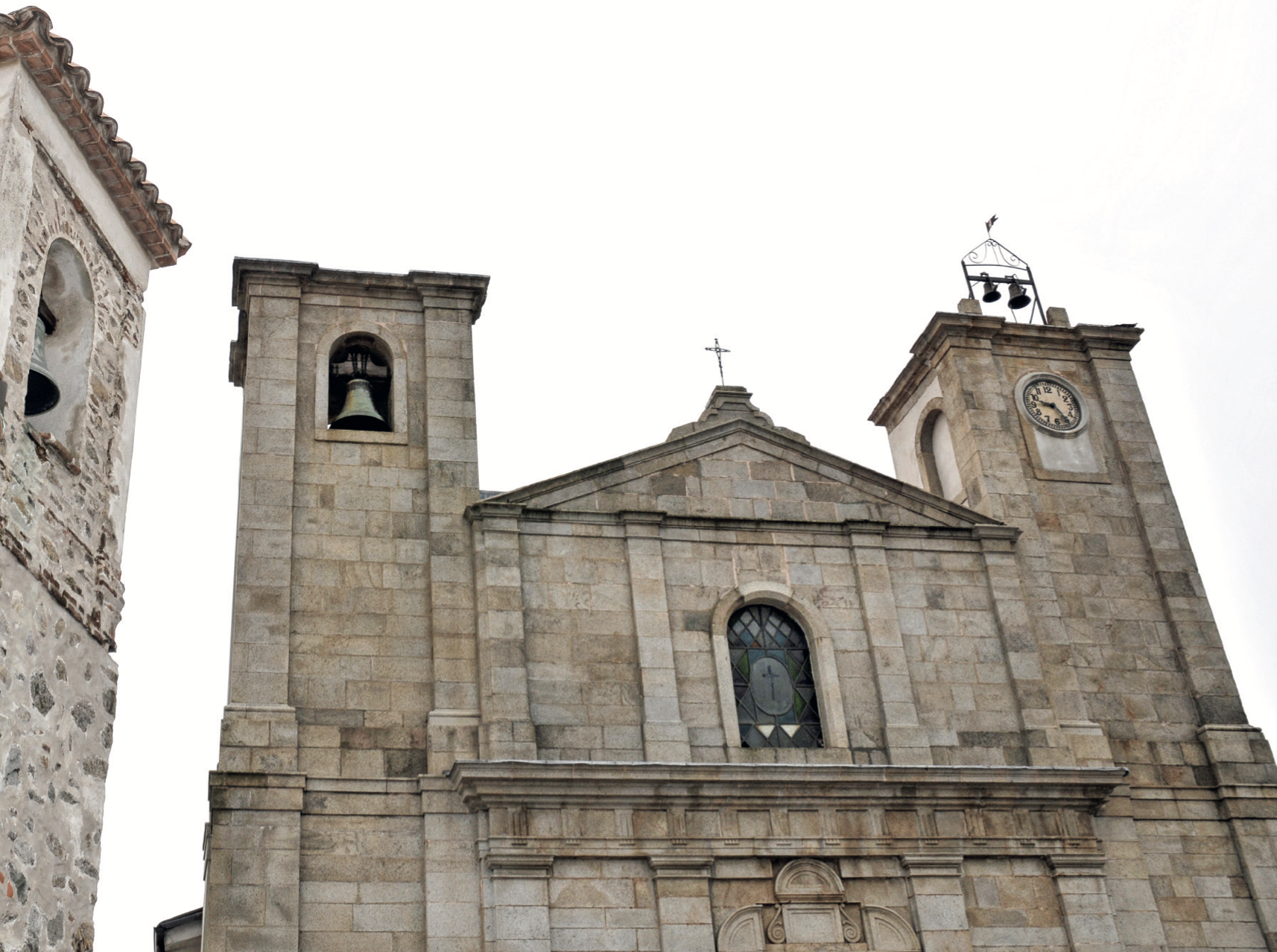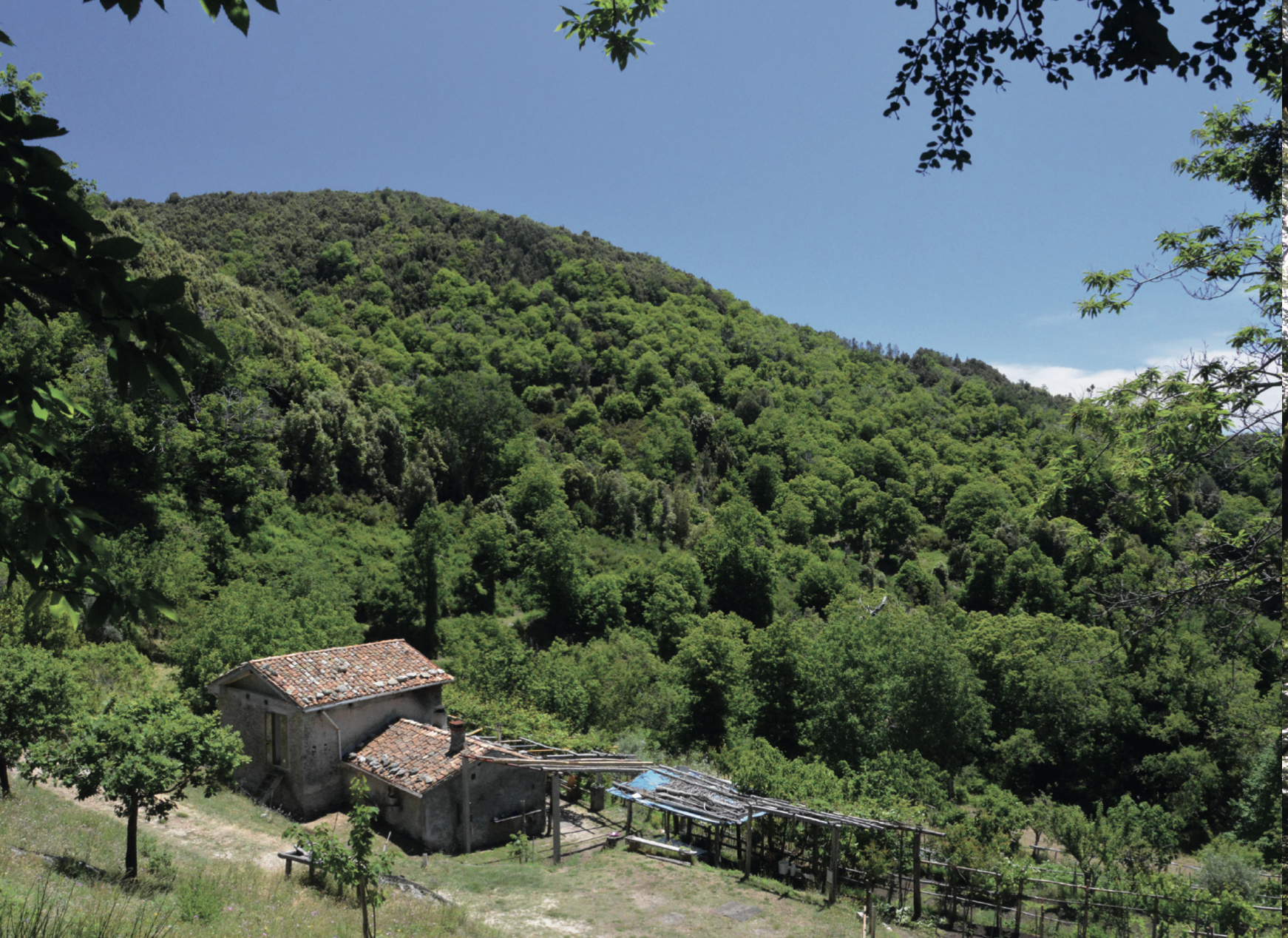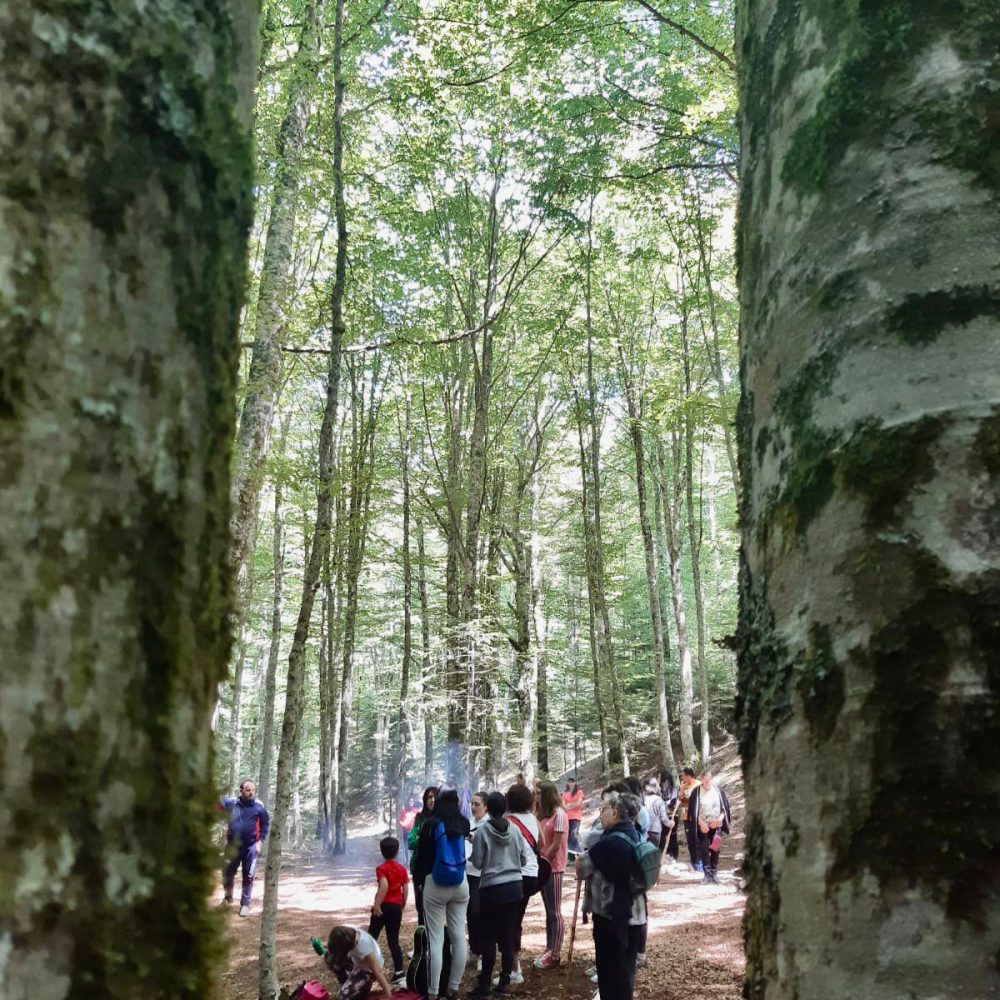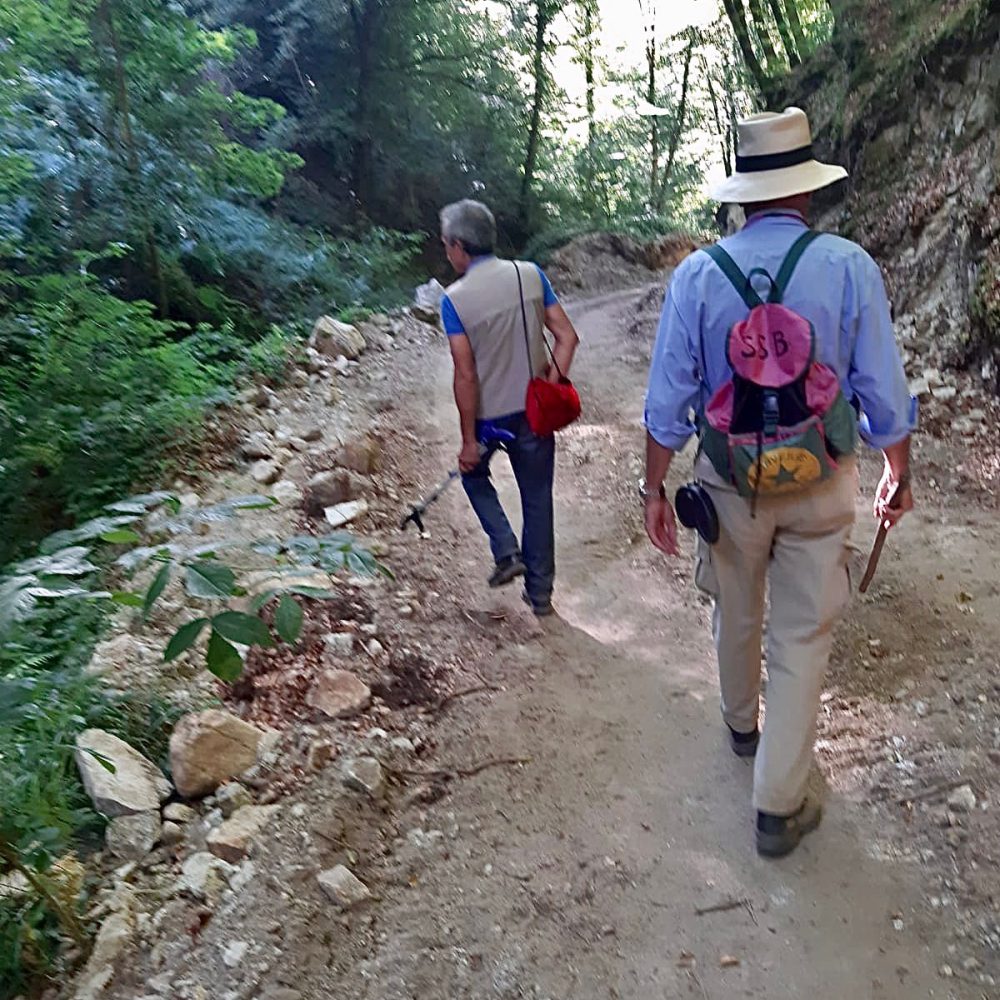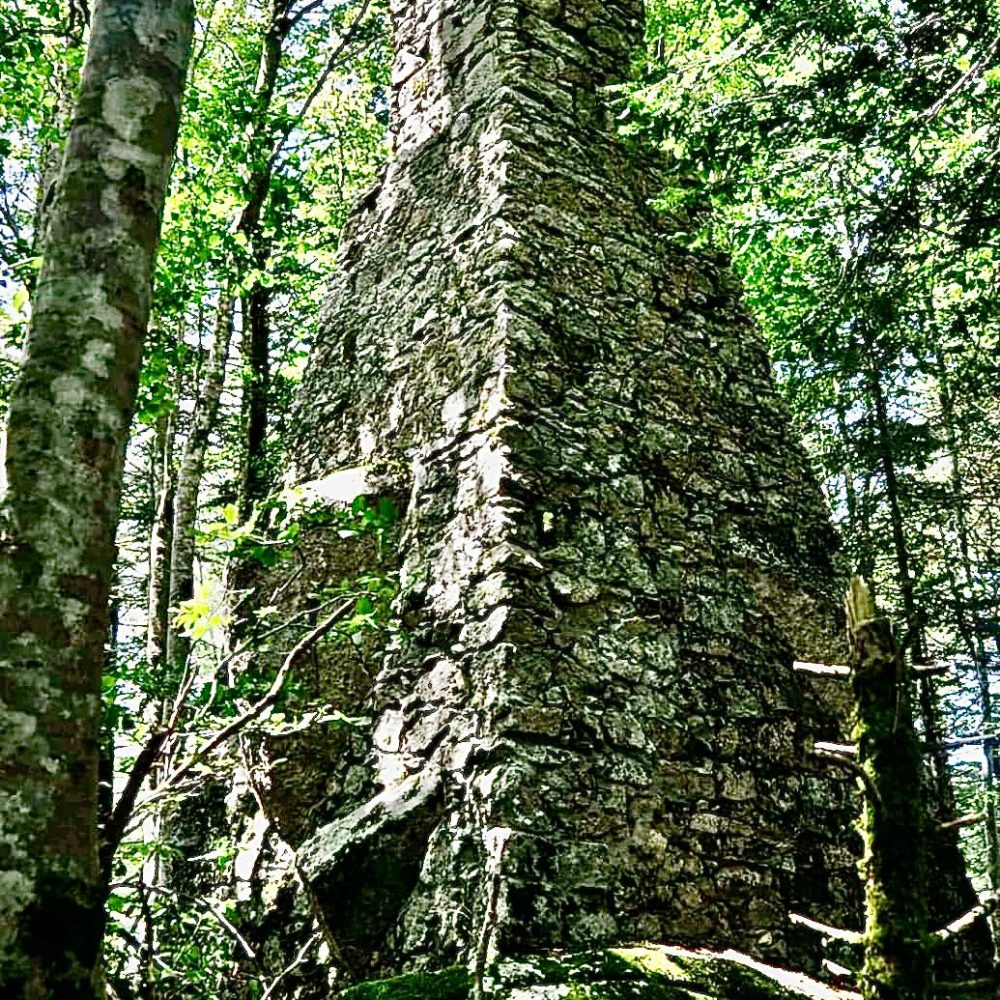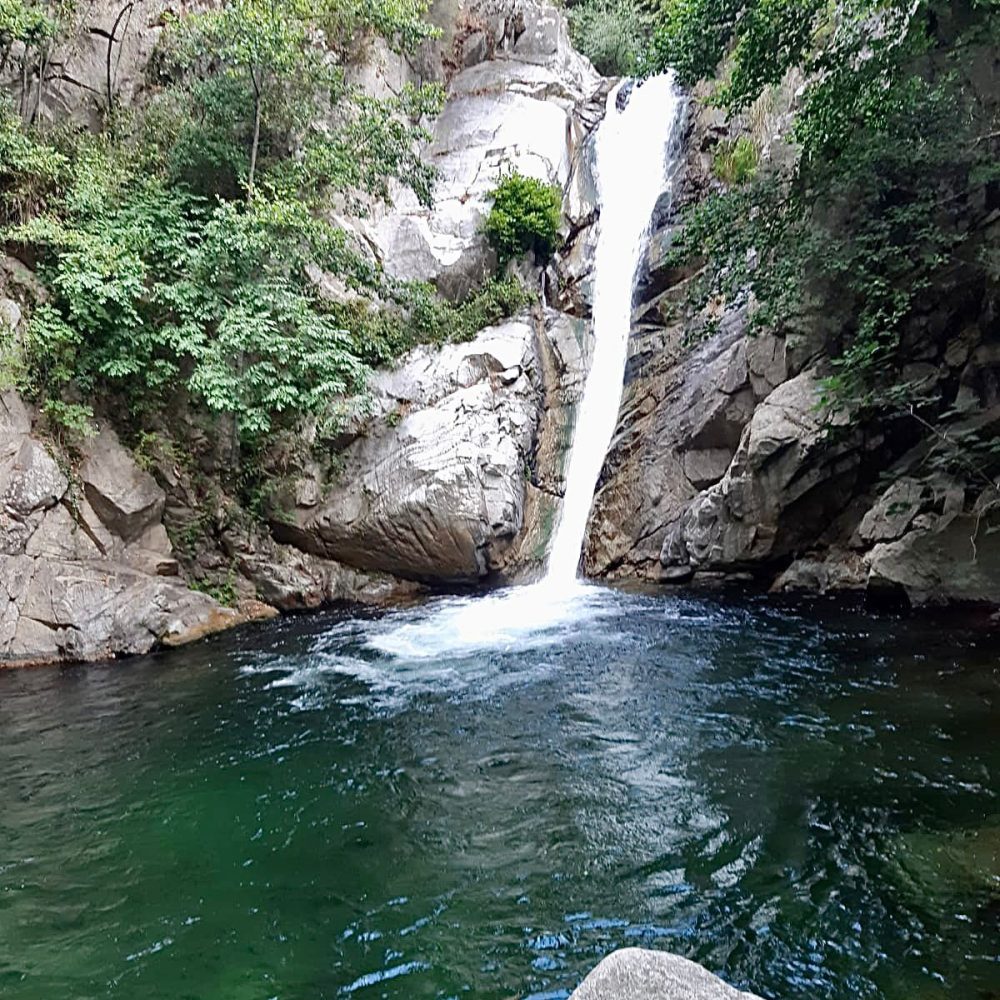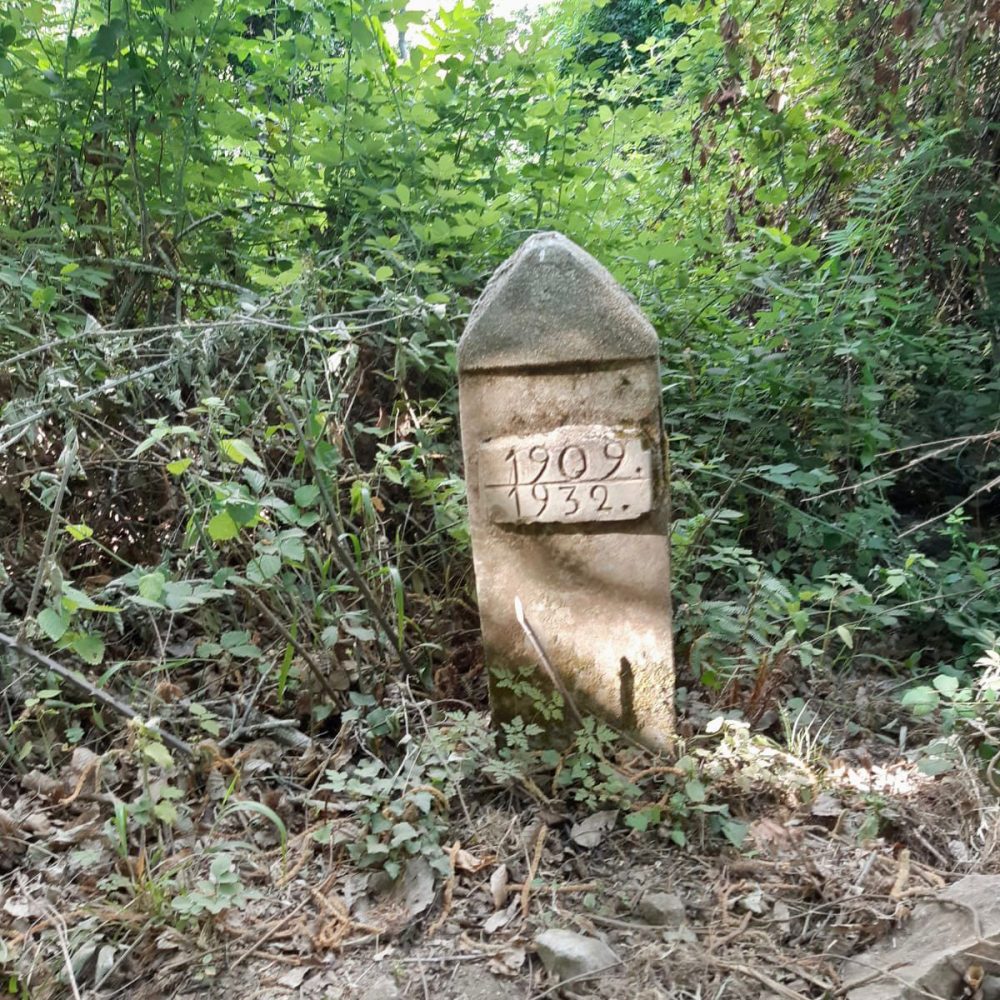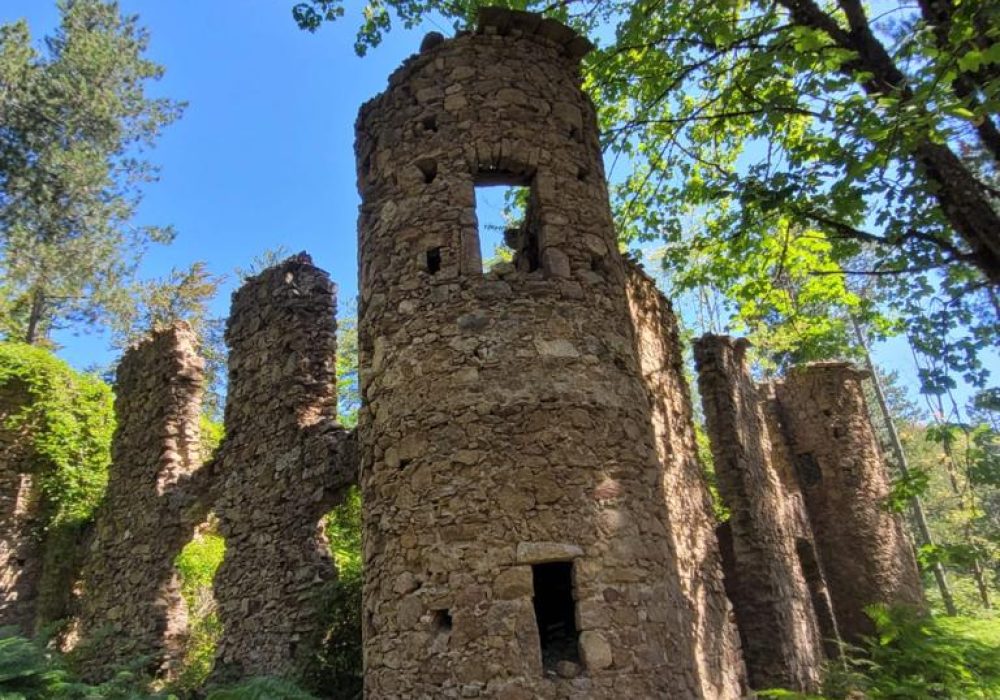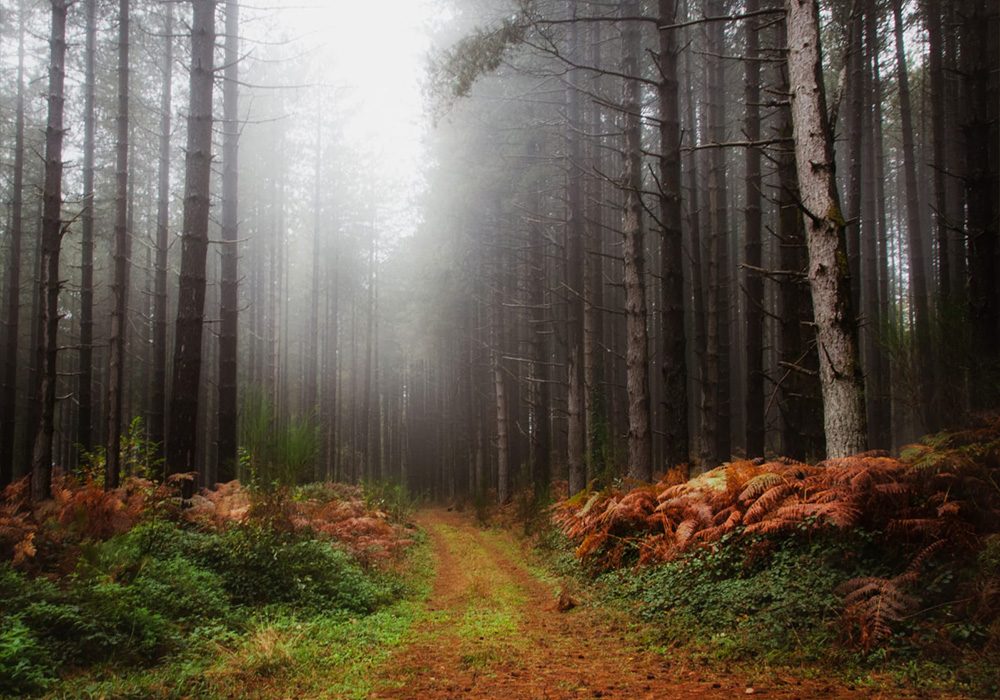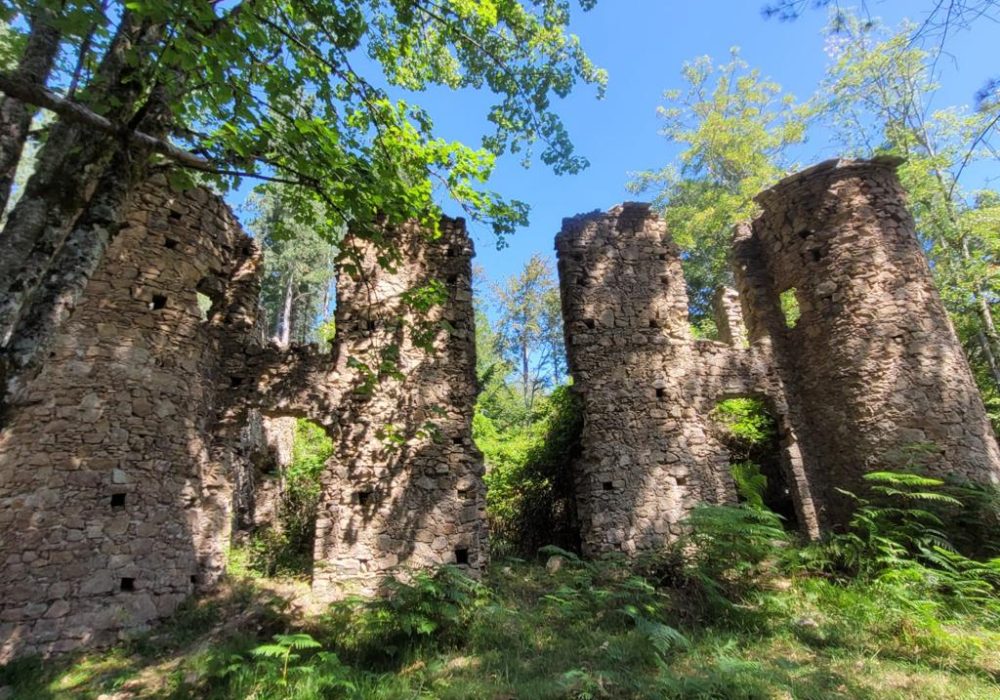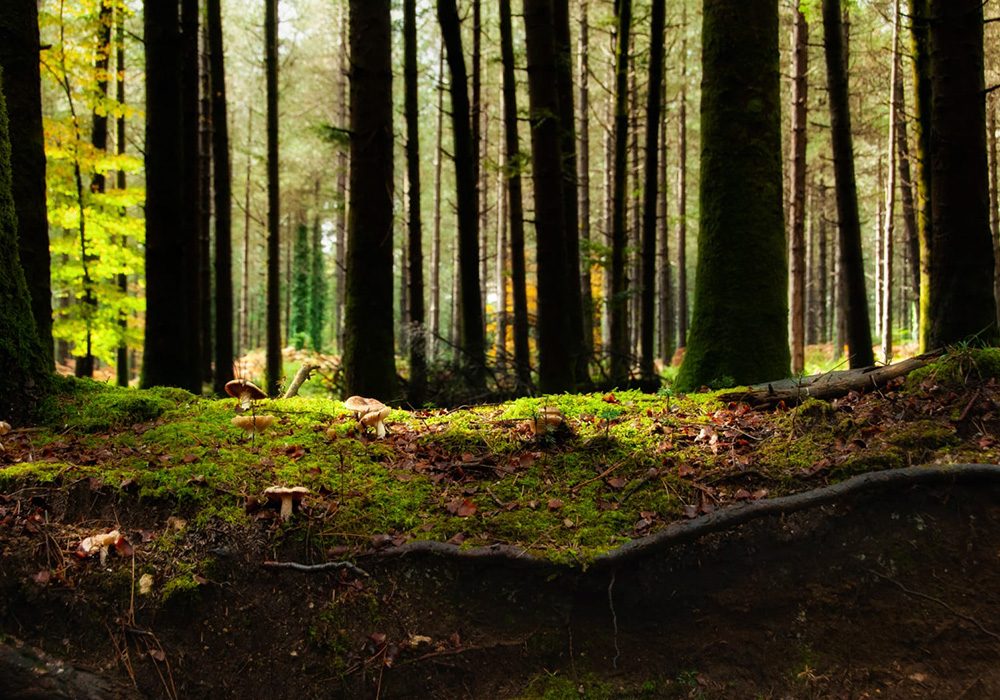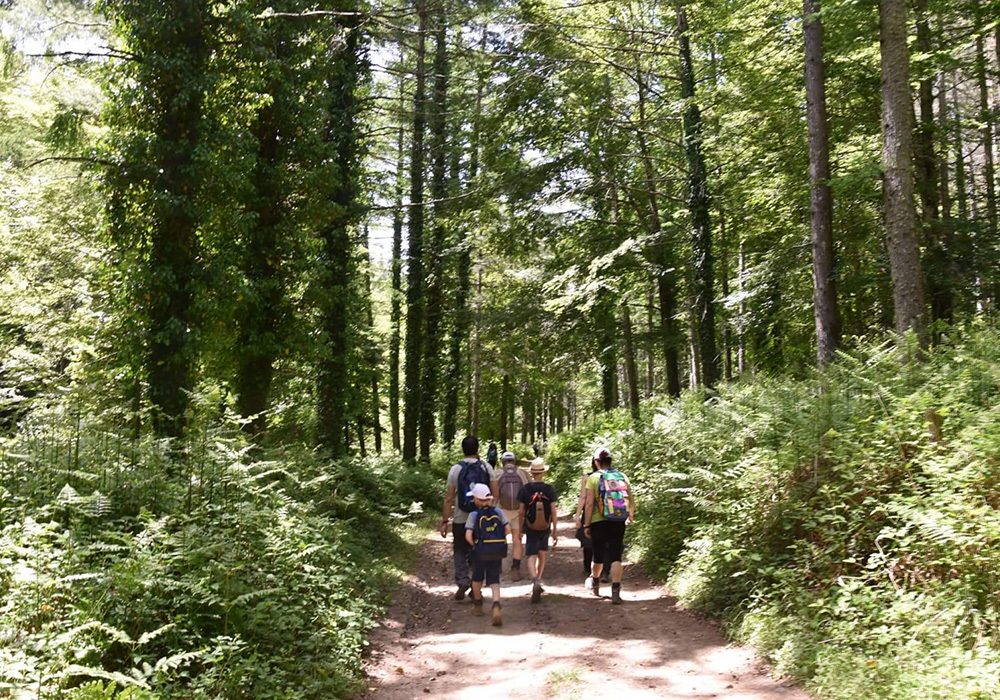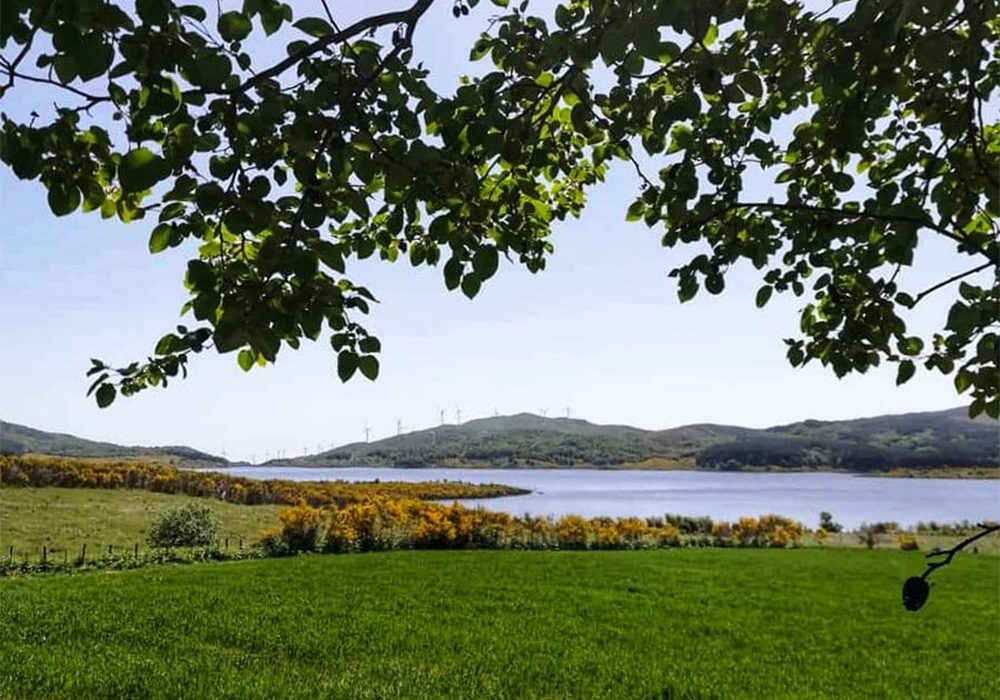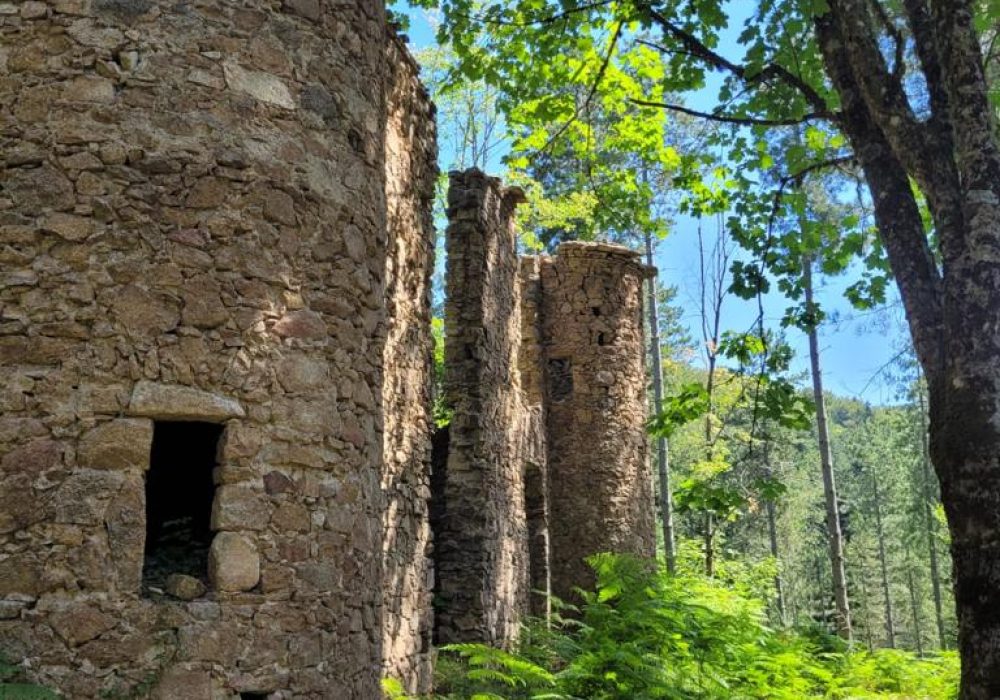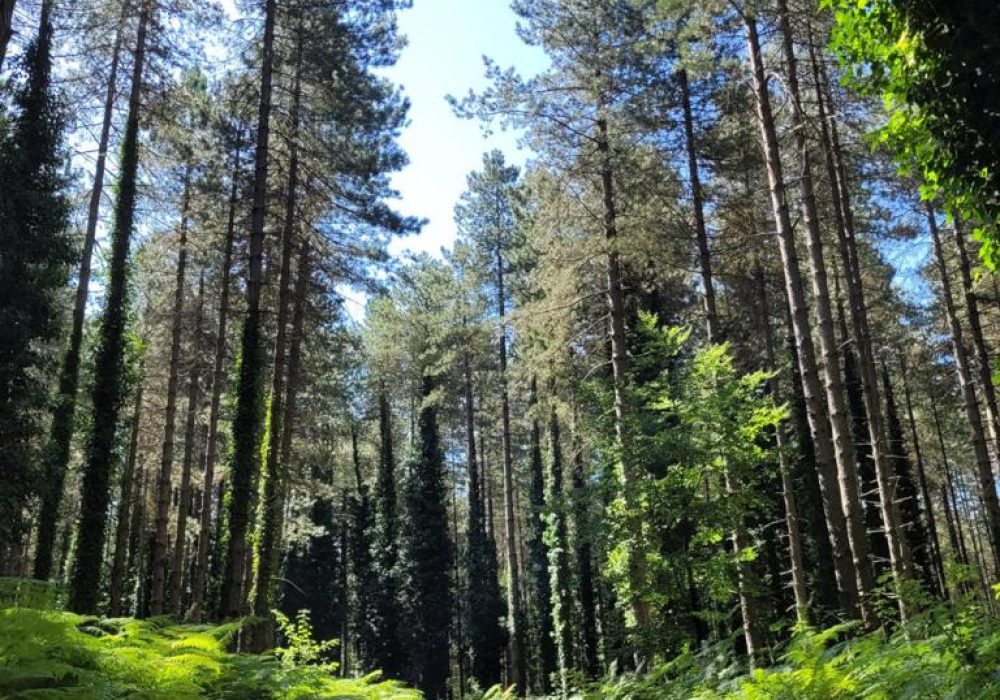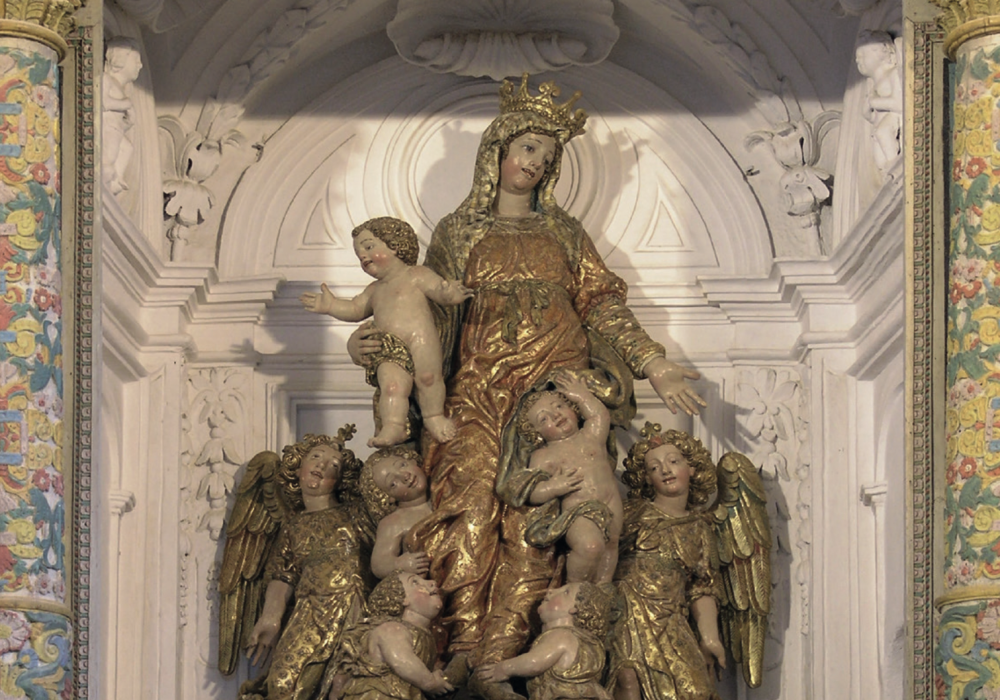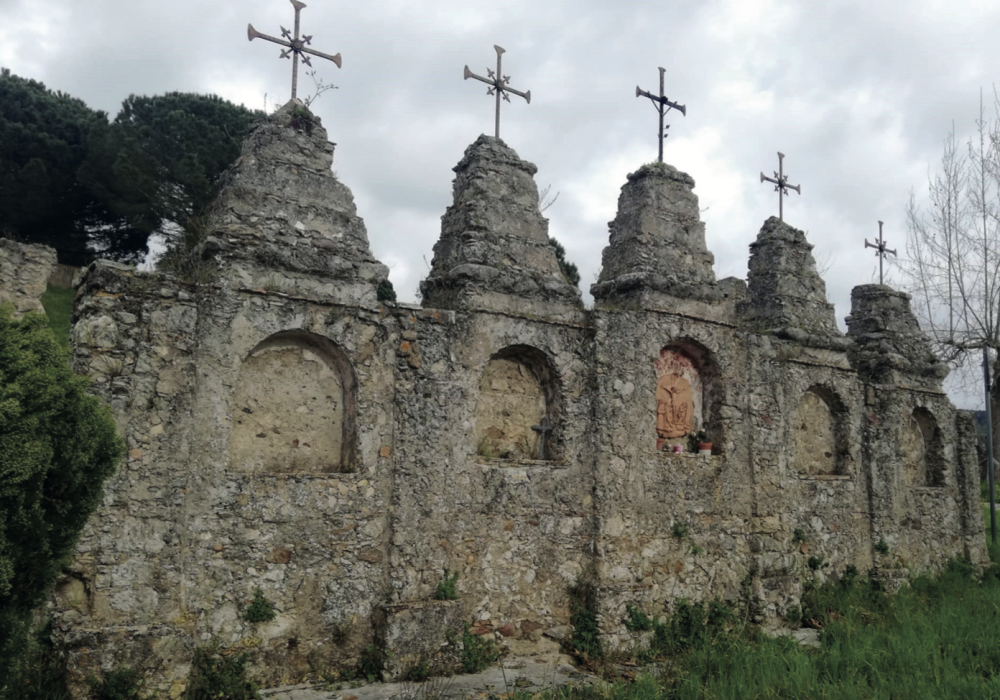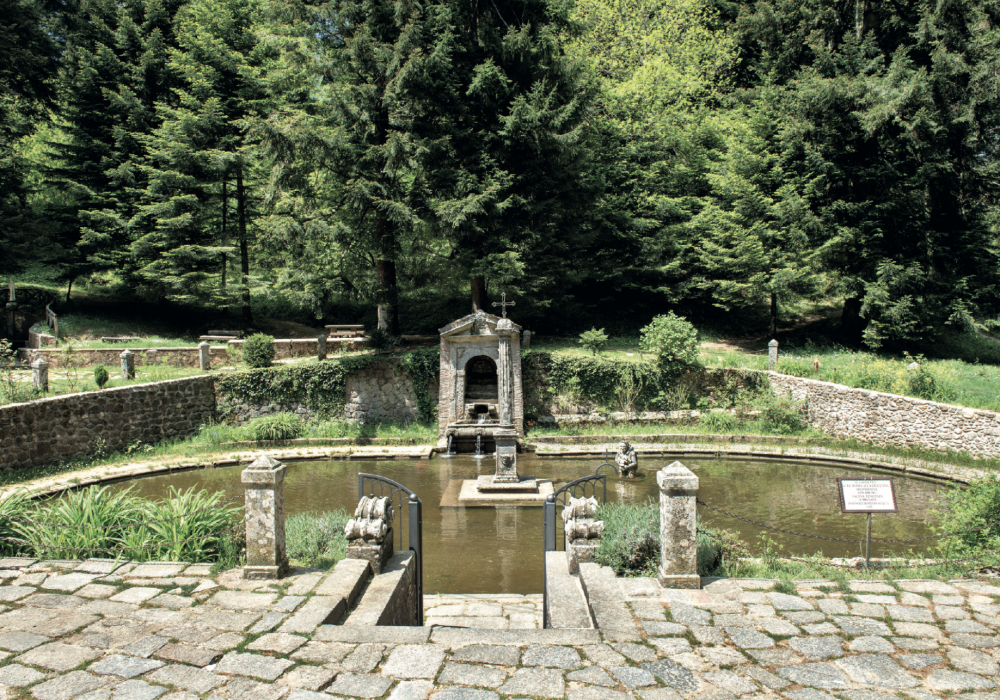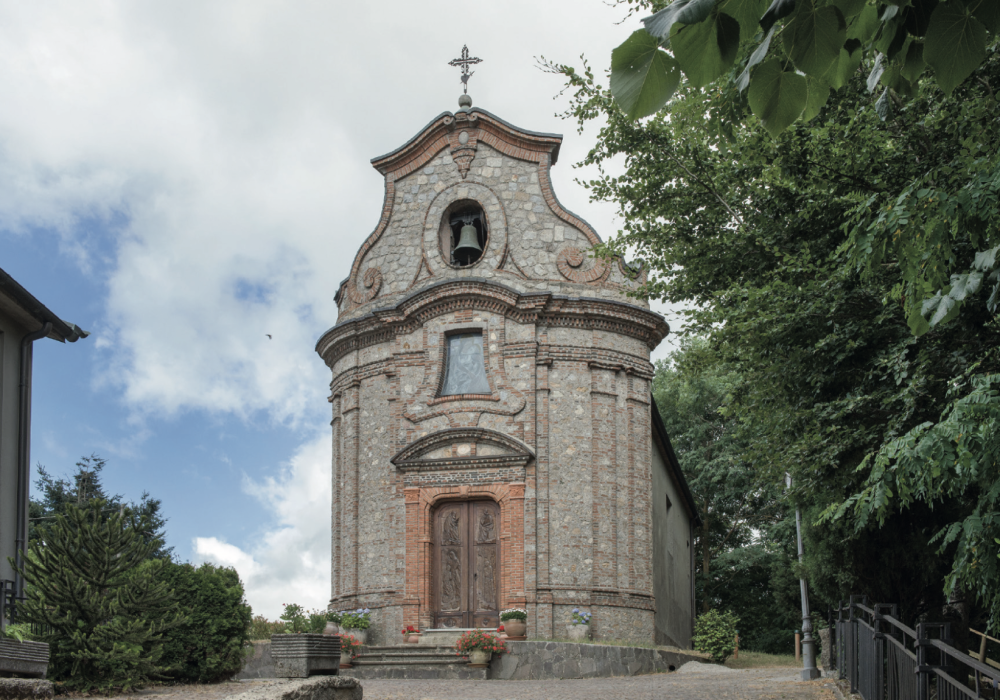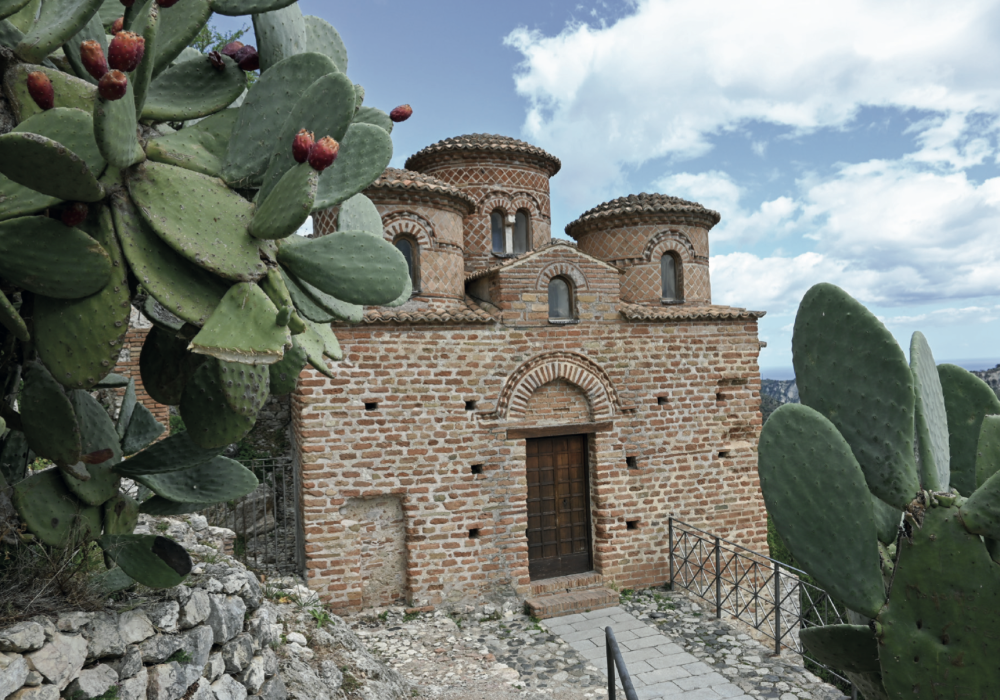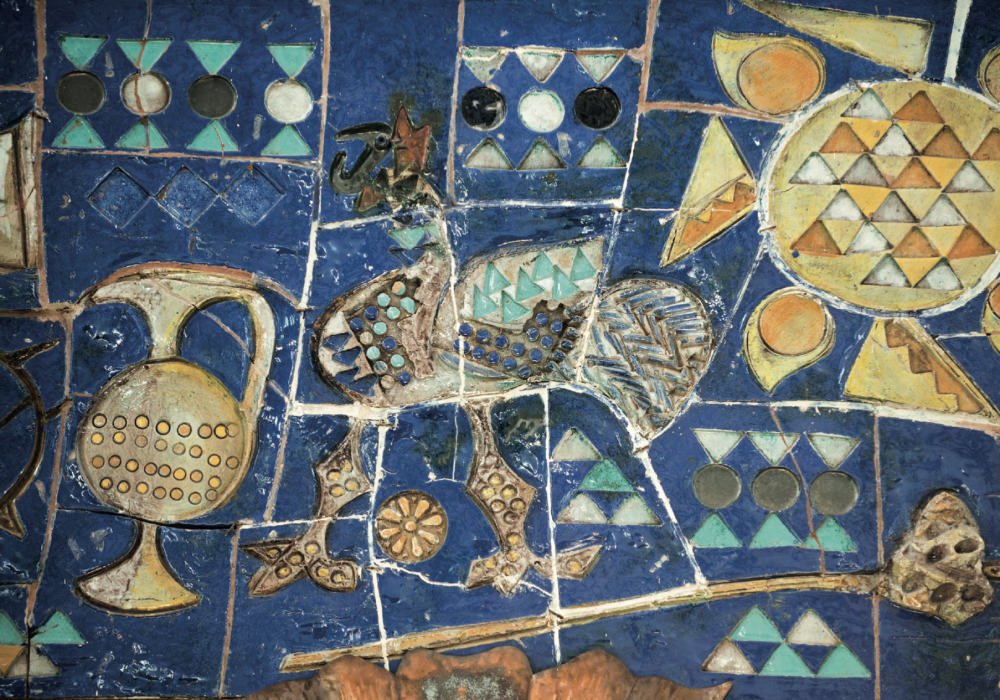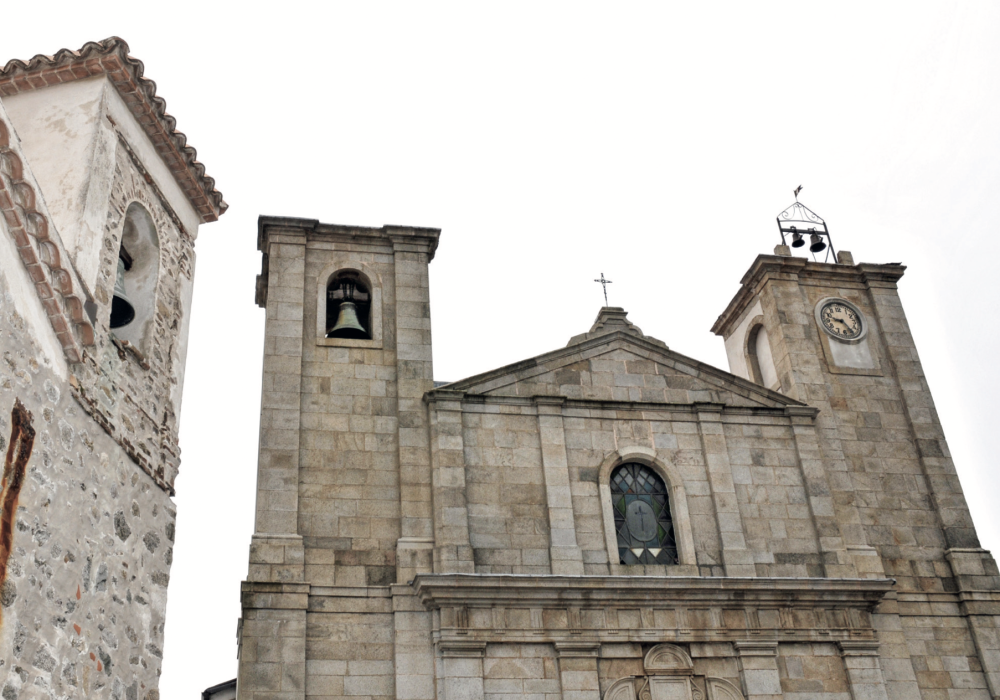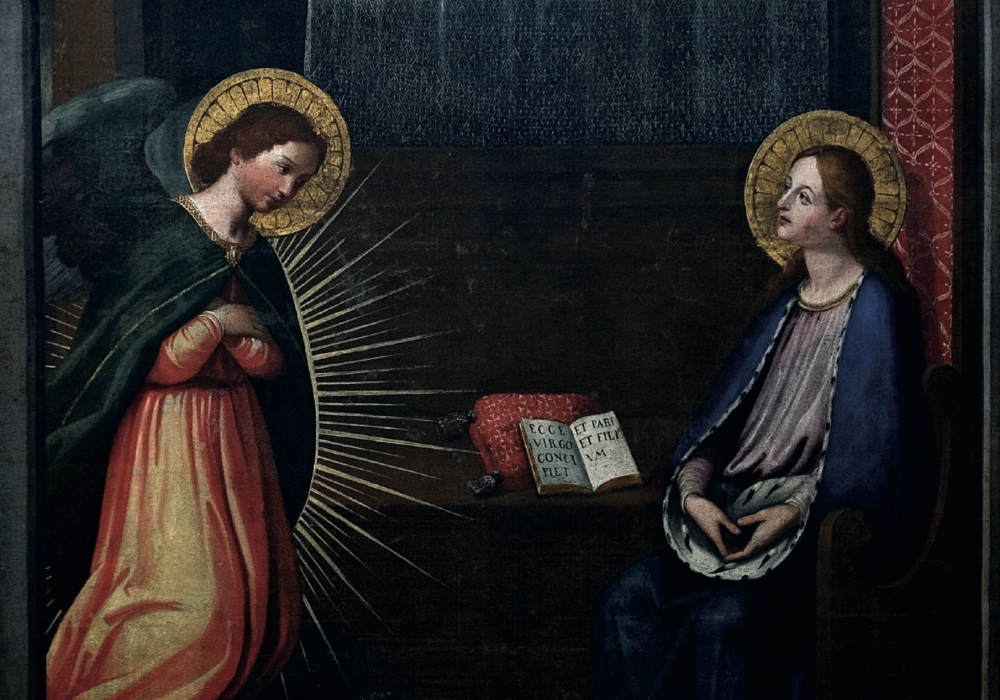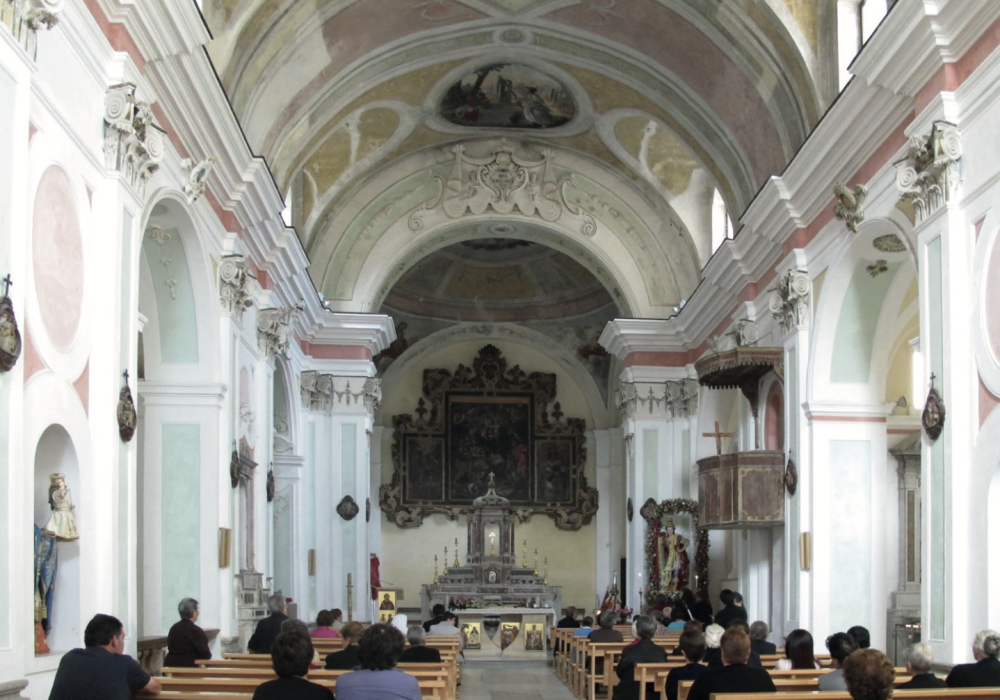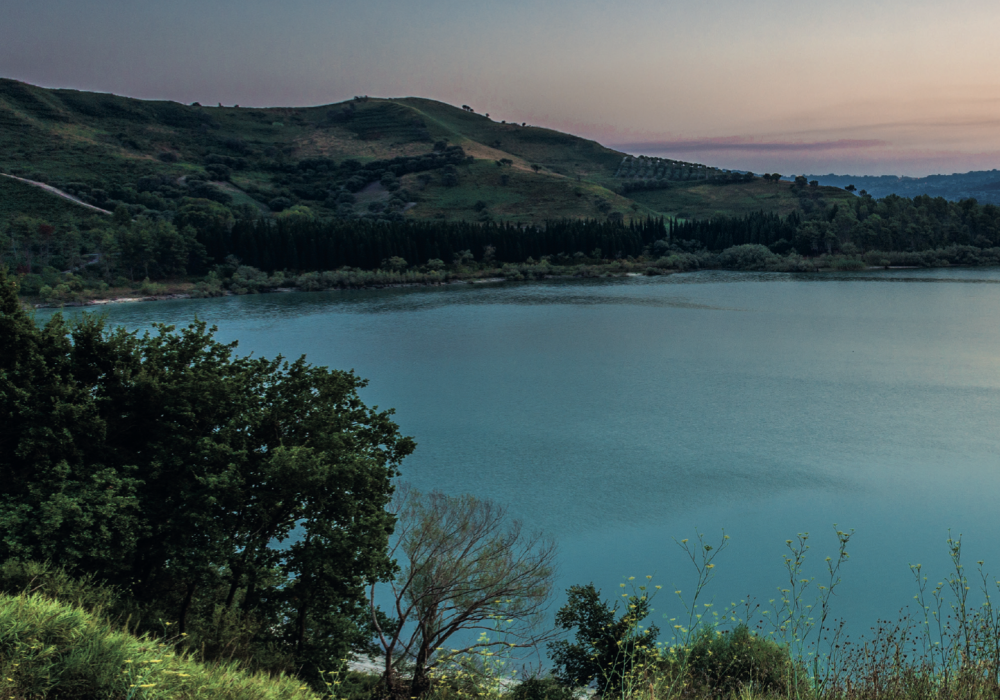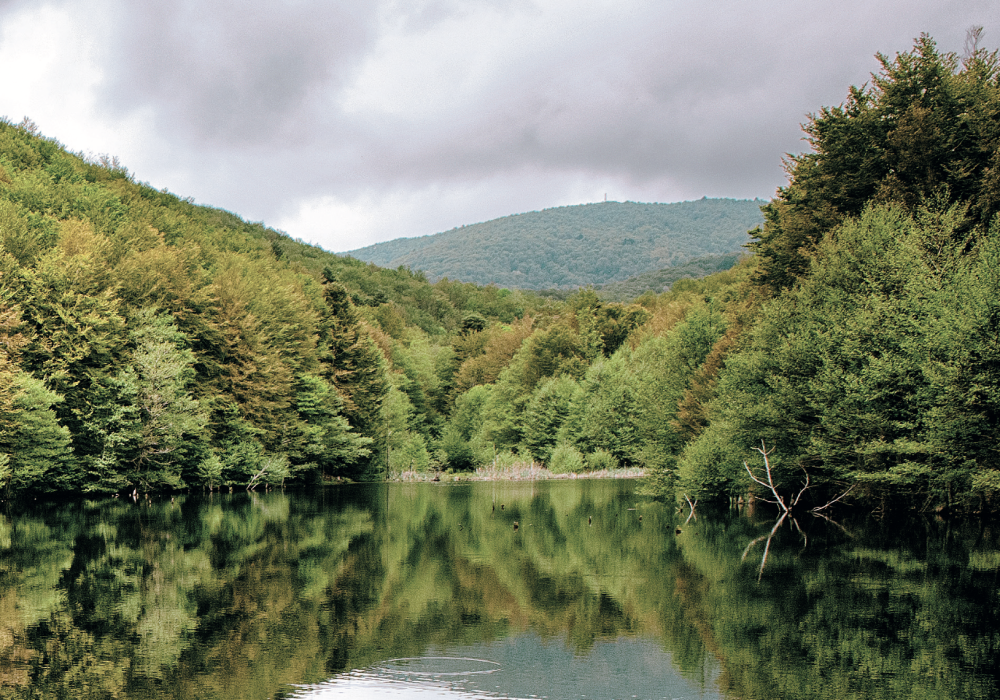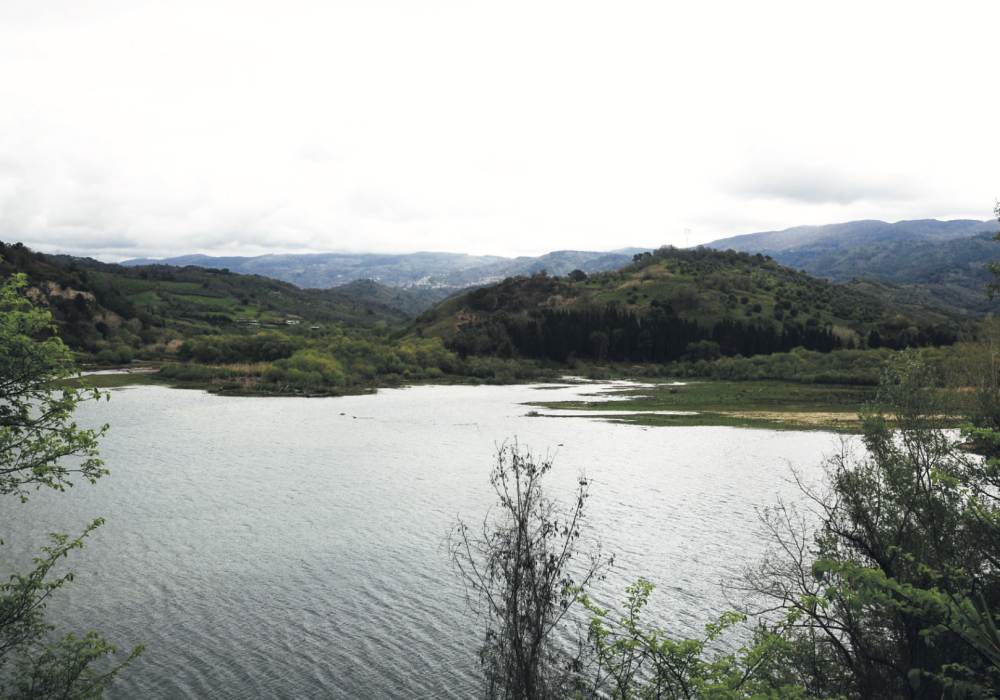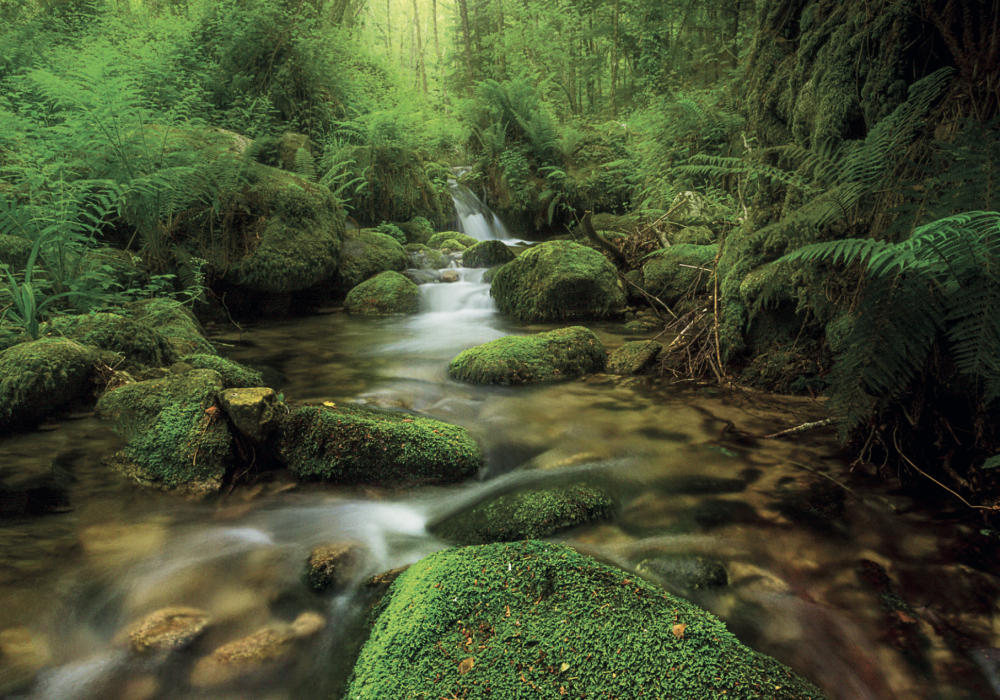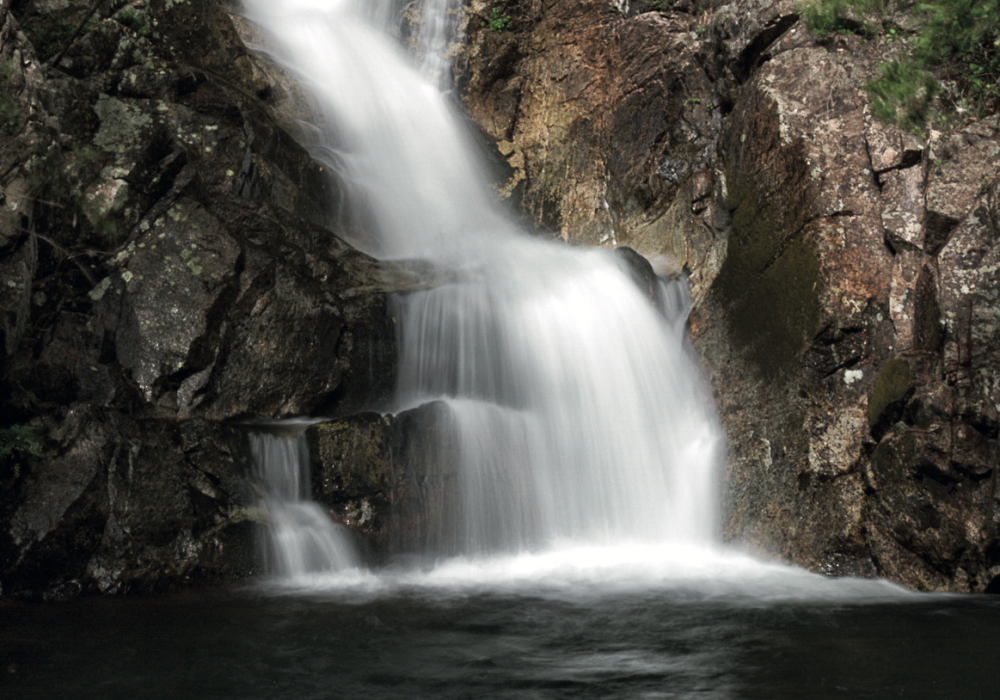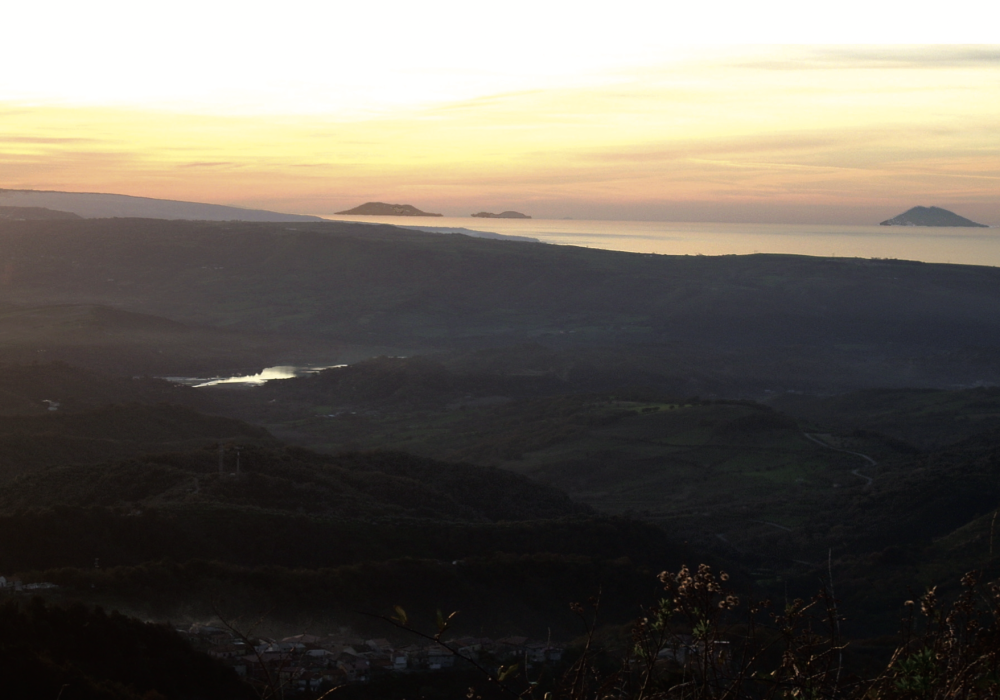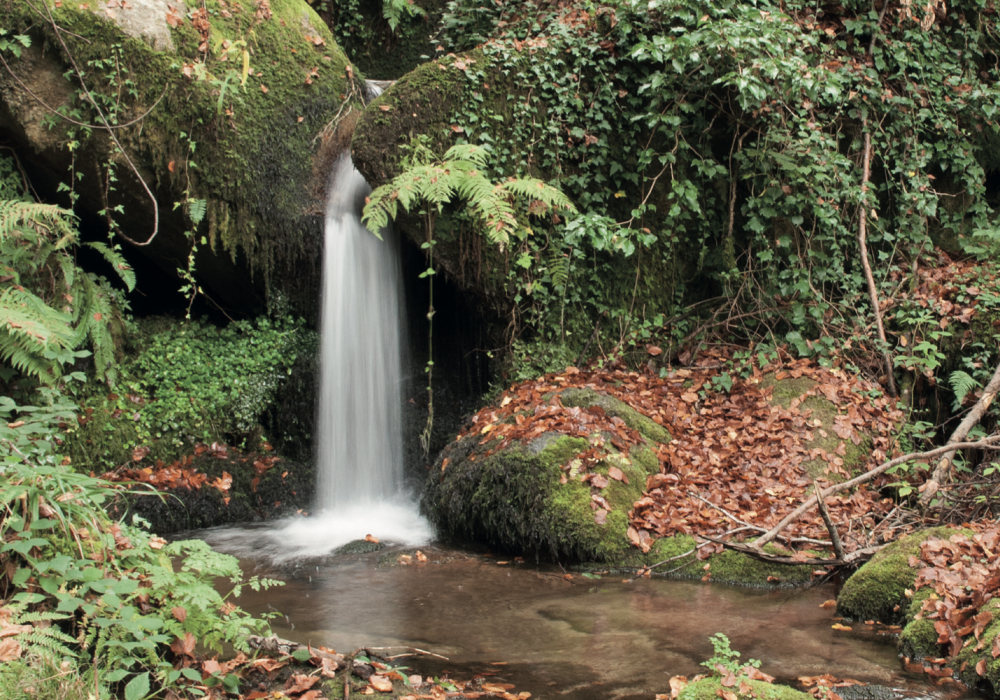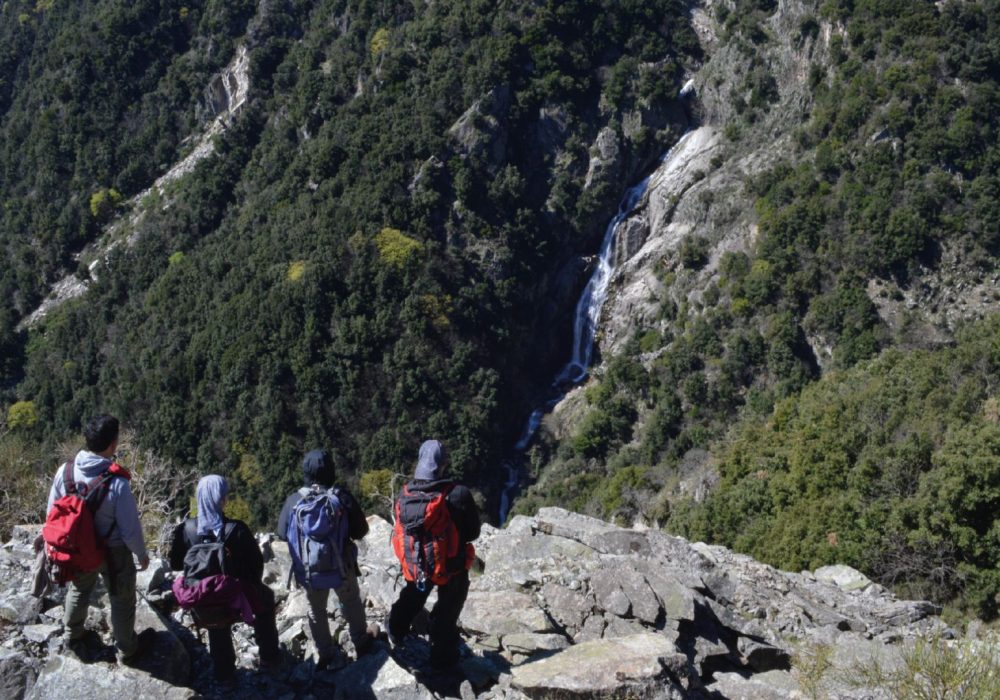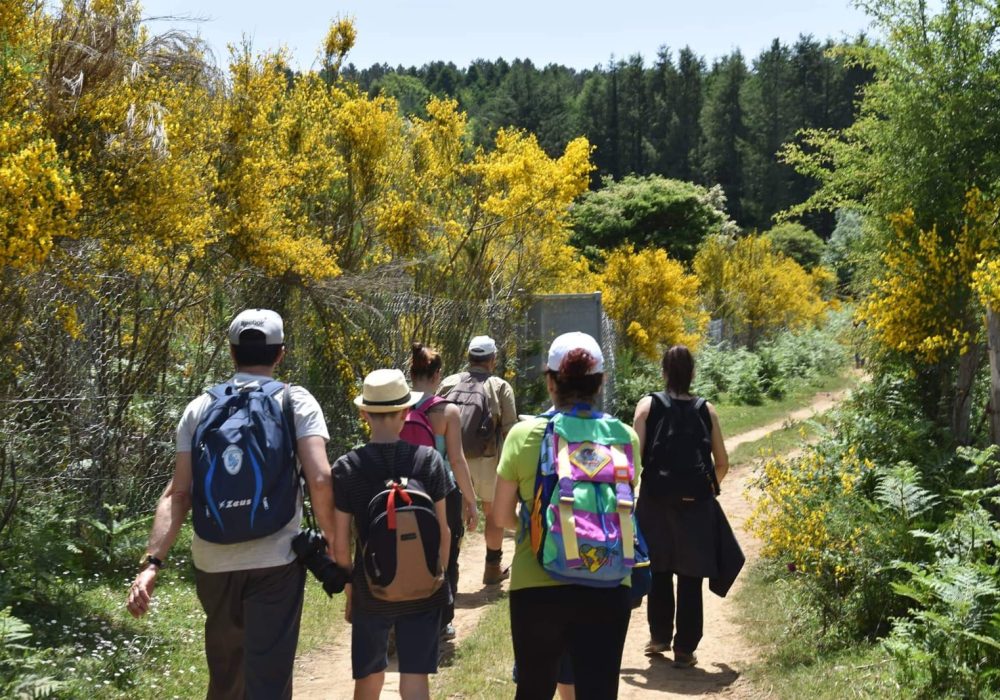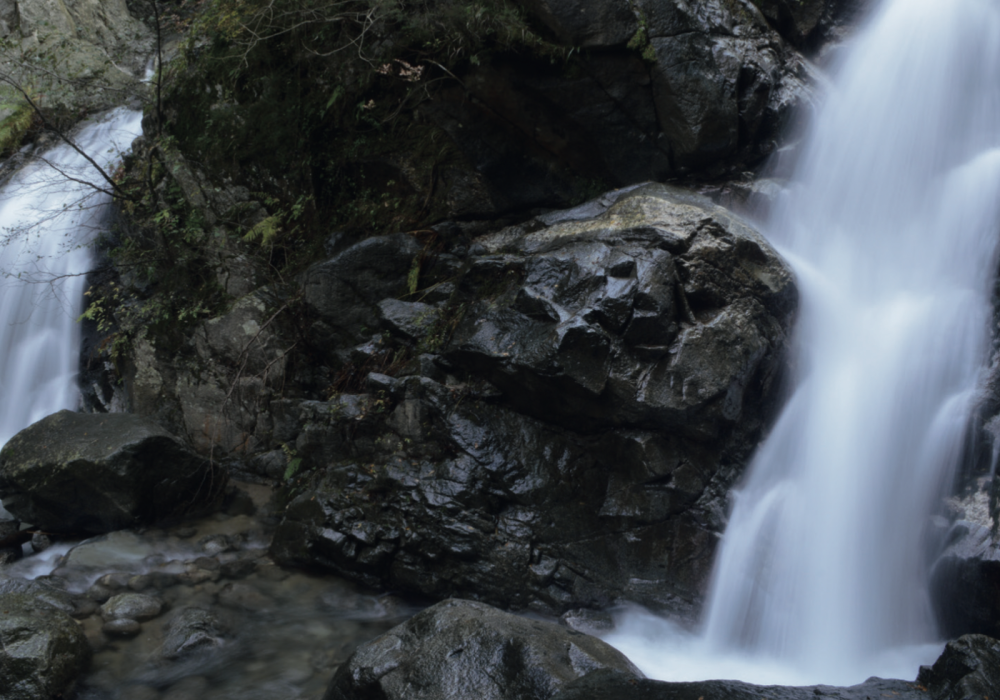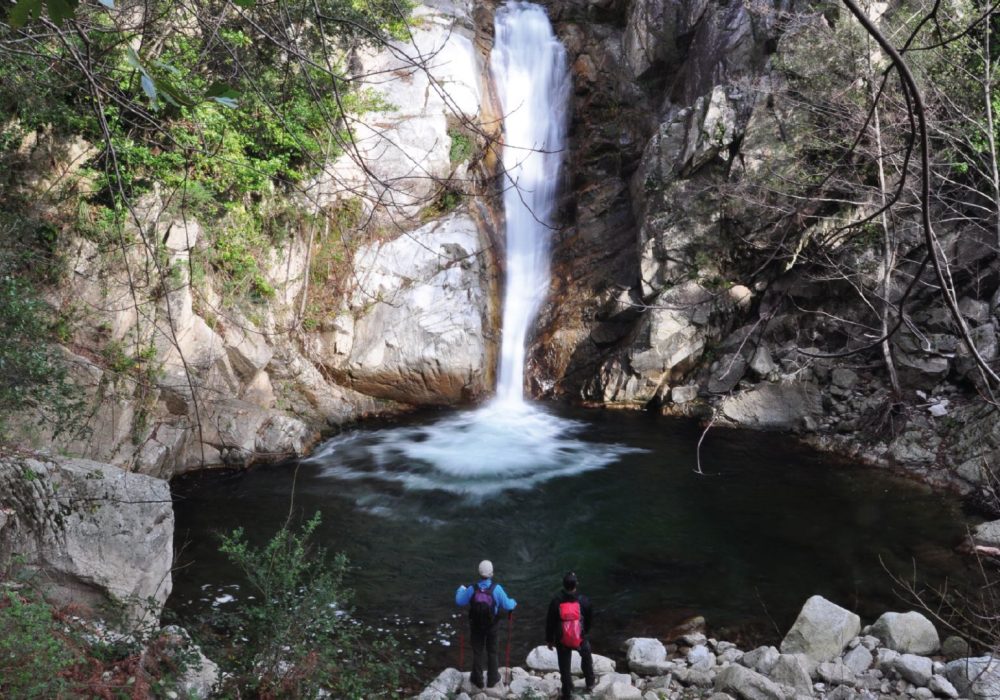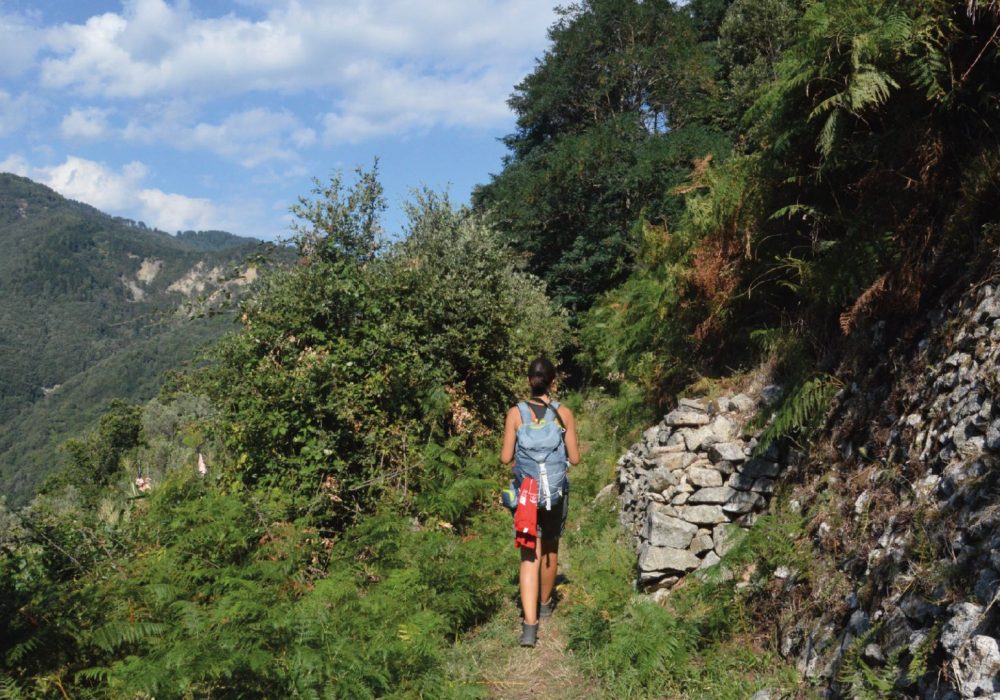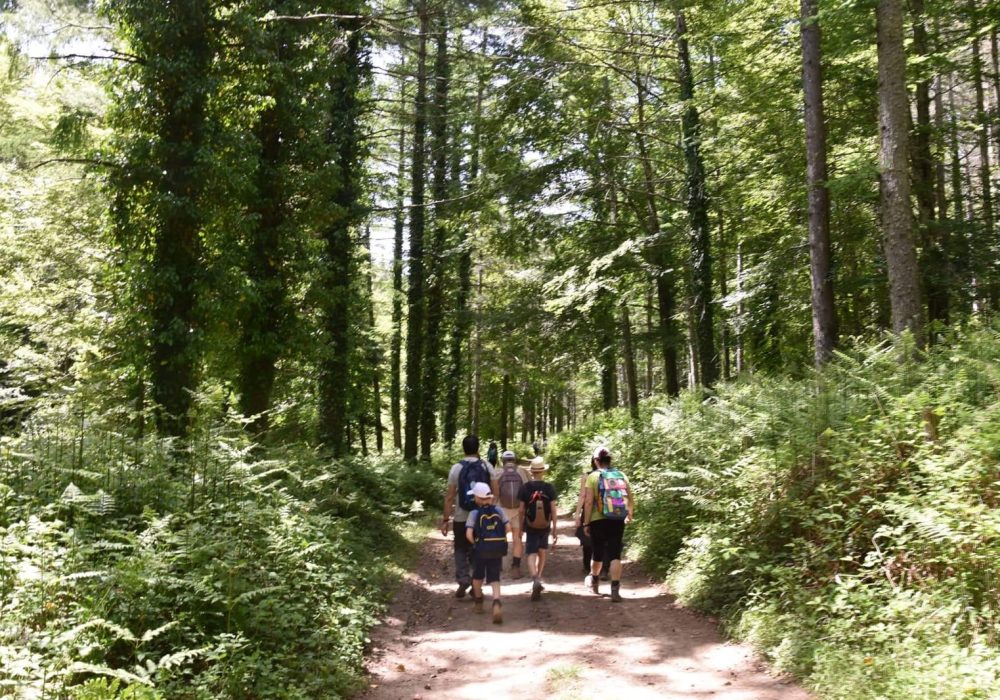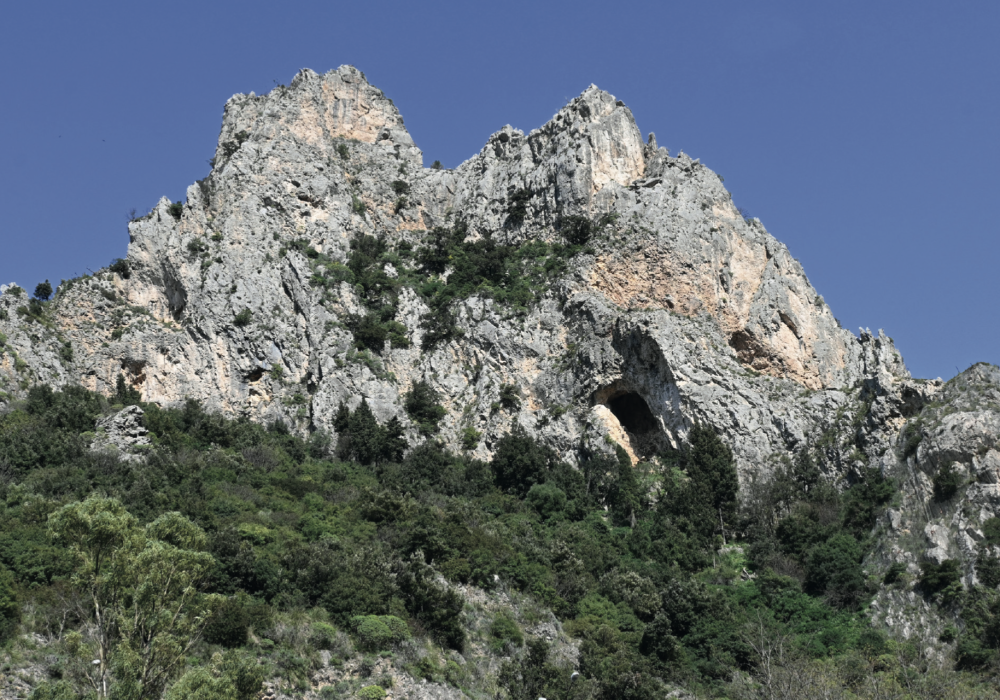Fabrizia
Leaving Mongiana, a mountain road lined with fir, pine and chestnut trees leads to Fabrizia. The village takes its name from the nobleman Fabrizio di Carafa who, in 1591, wanted a village to be built in these lands included in his fiefdom, which, as was customary, was given its name as a sign of homage to the feudal lord. Fabrizio, who a few years later would be named Prince of Roccella, belonged to one of the most illustrious families of the Kingdom of Naples, which boasted, among other things, a pope, Paul IV, elected to the throne of Peter in 1555. Fabrizia, like Nardodipace, also suffered devastation from the two disastrous floods of 1951 and 1972. In the case of Fabrizia, the settlement was not relocated but large parts of the town were progressively abandoned. At one time, this was one of the most prosperous and populous towns of the Serre. Today, it has just over two thousand inhabitants, less than half the number it had in the 1960s. The main reason for such rapid depopulation was first and foremost the strong migratory movement that affected Calabria after the Second World War and which, in the case of Fabrizia, had as its main destination Germany and the Brescia area, in addition to the progressive depopulation of the region’s inland areas and the displacement of inhabitants towards coastal towns or larger urban centres. The town seems to relive its former glory in the summer and during the days when the feast of the patron saint St. Anthony is celebrated, during which it once again becomes the centre of the vast Serre area and, also thanks to the fair held there and the solemn religious rites, attracts pilgrims even from the coastal towns. The town’s important past can be gleaned from some valuable architectural evidence. Along the streets of the old town centre, one can still see dwellings and aristocratic palazzi embellished with portals, gattoni and granite paving stones, as well as splendid wrought iron and cast iron balustrades, probably cast in nearby Mongiana. A visit to Fabrizia can only start from Piazza Regina Margherita, dominated by the superb granite façade with its elegant neoclassical profile of the Chiesa Matrice. The building stands on an earlier foundation from the end of the 16th century and is dedicated to Santa Maria delle Grazie although it is known to all as the church of Sant’Antonio. The interior houses a valuable cycle of frescoes by the Neapolitan painters Zimatore and Grillo. The imposing high altar, in mixed marble, houses in a niche the 18th-century wooden statue of St Anthony by a Neapolitan workshop. Opposite the Church of Our Lady of Graces stands the small Church of the Rosary, once the chapel of the nearby palace, which occupies the third side of the square. In Fabrizia, it is known as ‘la Cavalera’ and was the palace built by the Carafa family and was probably used by the feudal lord and his dignitaries when travelling through the villages of the feud. Unfortunately, little remains of the original form and architecture, which can, however, be imagined from the surviving elements. Another noteworthy monument is the Church of the Carmine, built around the middle of the 18th century with a façade that is also neoclassical, in masonry, punctuated by granite cornices and pilasters. Of great interest is the monumental wooden statue of the titular saint that bears the signature, as restorer, of Serrese sculptor Vincenzo Zaffino. To tell the truth, the work appears very similar to those by Zaffino, so much so as to suggest that the intervention, rather than a restoration, consisted of a heavy reworking of an older sculpture.
Anche Fabrizia, come Nardodipace, ha subito la devastazione dalle due disastrose alluvioni del 1951 e del 1972. Nel caso di Fabrizia l’abitato non è stato trasferito ma ampie parti della cittadina sono state progressivamente abbandonate. Un tempo questa era una delle cittadine più floride e popolose delle Serre. Oggi conta poco più di duemila abitanti, meno della metà di quanti ne contava negli anni ’60. La principale ragione di un così rapido spopolamento è stato innanzitutto il forte movimento migratorio che ha interessato la Calabria nel secondo dopoguerra e che, nel caso di Fabrizia, ha avuto come principale destinazione la Germania e il Bresciano, oltre al progressivo spopolamento delle zone interne della regione e allo spostamento degli abitanti verso i centri della costa o i centri urbani più grandi.
La cittadina sembra rivivere i suoi antichi fasti in estate e durante i giorni in cui si celebra la festa del patrono Sant’Antonio, durante i quali torna a diventare centro della vasta area delle Serre e, anche grazie alla fiera che vi si svolge e ai solenni riti religiosi, ad attrarre pellegrini finanche dai paesi della costa.
Il passato importante della cittadina si coglie da alcune preziose testimonianze architettoniche. Lungo le strade del centro storico si affacciano ancora abitazioni e palazzi gentilizi abbelliti da portali, gattoni e basole in granito, nonché da splendide balaustre in ferro battuto e ghisa, probabilmente fuse nella vicina Mongiana.
La visita di Fabrizia non può che cominciare da Piazza Regina Margherita, dominata dalla superba facciata in granito dall’elegante profilo neoclassico della Chiesa Matrice. L’edificio sorge su una precedente fondazione della fine del XVI secolo ed è dedicato a Santa Maria delle Grazie benché sia da tutti conosciuto come la chiesa di Sant’Antonio. L’interno custodisce un pregevole ciclo di affreschi dei pittori napitini Zimatore e Grillo. L’imponente altare maggiore, in marmi mischi, ospita invece in una nicchia la settecentesca statua lignea di Sant’Antonio di bottega napoletana.
Dirimpetto alla chiesa della Madonna delle Grazie sorge la chiesetta del Rosario, un tempo cappella del palazzo che sorge poco distante e che occupa il terzo lato della piazza.
A Fabrizia è noto come “la Cavalera” ed era il palazzo costruito dai Carafa e che probabilmente veniva usato dal feudatario e dai suoi dignitari durante gli spostamenti lungo i villaggi del feudo. Purtroppo poco rimane della forma e delle architetture originali che possono tuttavia essere immaginate partendo dagli elementi superstiti.
Un altro monumento degno di nota è la chiesa del Carmine, edificata intorno alla metà del Settecento dalla facciata anch’essa neoclassica, in muratura, scandita da cornici e lesene in granito. Di grande interesse è la monumentale statua lignea della Titolare che porta la firma, in qualità di restauratore, dello scultore serrese Vincenzo Zaffino. Per la verità l’opera appare molto simile a quelle di Zaffino tanto da lasciar ipotizzare che l’intervento, più che un restauro, sia consistito in un pesante intervento di rifacimento di una scultura più antica.
